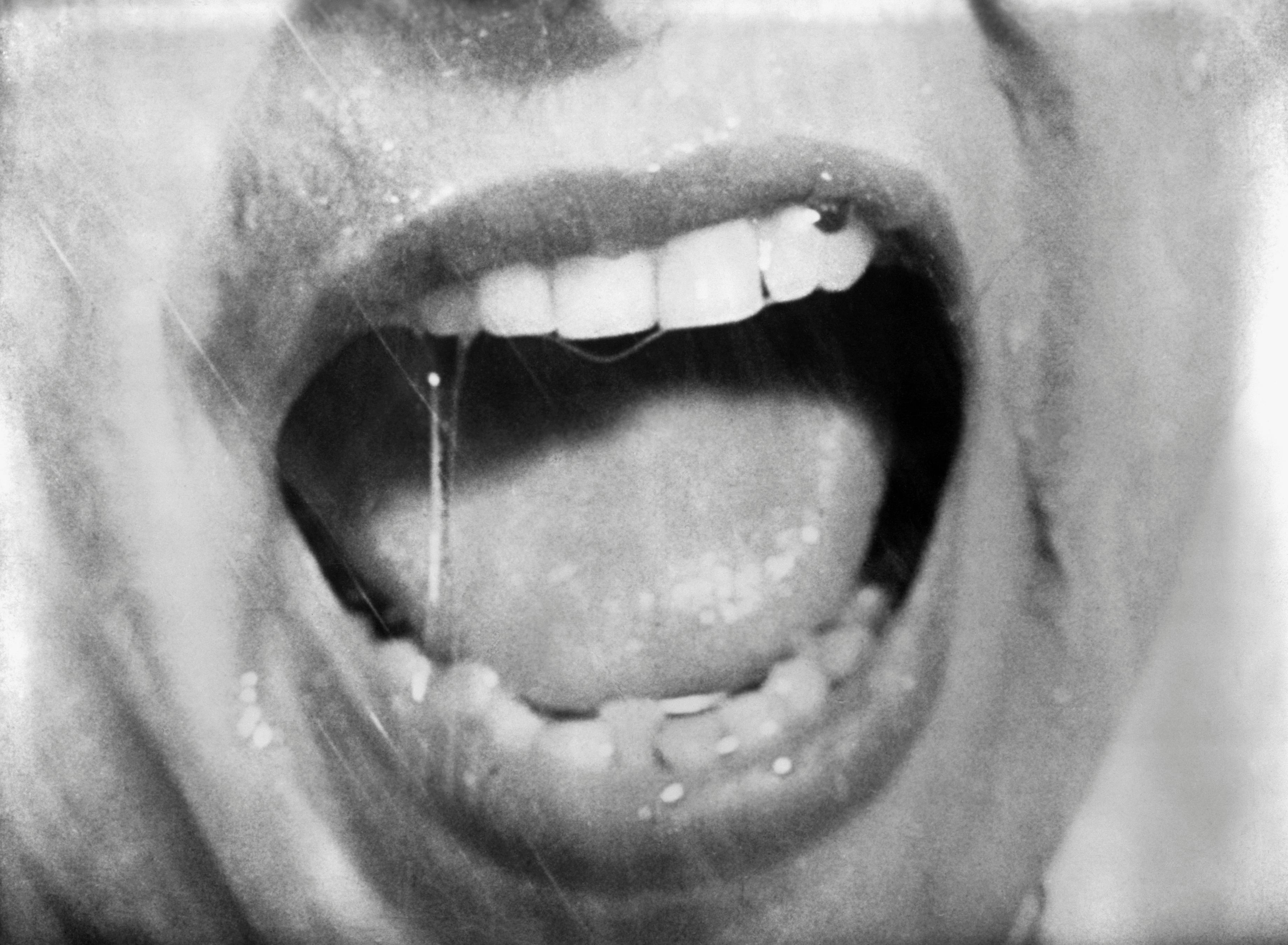
In 2017, Kanye West came home to find motivational speaker Tony Robbins in his living room.
West had been struggling with his mental health and his then-wife Kim Kardashian West (you probably haven’t heard of her) brought Robbins in for a “mental health intervention.” Robbins told West to stand in warrior pose and scream. It was so-called “scream therapy,” or more technically, “primal therapy.”
First developed by psychologist Arthur Janov, primal therapy is based on the idea that neurosis is the result of repressed childhood trauma. The best way to address that trauma, Janov argued, is through a patient recalling and reenacting the traumatic experience and expressing that repressed anger or frustration — and this is key — “through spontaneous and unrestrained screams, hysteria, or violence.” The concept was first outlined in his 1970 book The Primal Scream: Primal Therapy, The Cure for Neurosis.
After The Primal Scream was published, the technique became extremely popular, in no small part of the claims its creator made about it. Janov went so far as to say that “80 percent of all ailments would be cured by primal therapy.”
His book sold over a million copies, and devotees of the practice included John Lennon, Yoko Ono, and James Earl Jones.
In psychotherapy circles, however, Janov’s idea is extremely controversial and often dismissed. So this Halloween, we’re asking: is screaming therapy?
Does primal therapy work?
While it might be the most well-known — or even important — part of primal therapy, screaming isn’t the only part. In other words, Robbins simply telling West to should wasn’t exactly adhering to Janov’s concept.
In his 2017 Washington Post obituary, it’s explained that:
“To resolve Primal Pain, Dr. Janov invited patients to regress to childhood. His offices included cribs and toys. Patients were permitted or encouraged to suck their thumbs. Only once they have reached their former infant state might they access the Primal Pain that they had repressed.”
Once that “Primal Pain” had been accessed, the patient could let it out through any means necessary: violence (on something like a pillow, not a person), crying, and — you guessed it — screaming.
The Janov Primal Center in Santa Monica, which was founded by Janov in 1971 and still exists today, has a website that explains what one can expect from treatment at the Center:
“The therapy starts with three weeks of individual therapy. It is the first and most important step towards learning about your Pain and learning to feel it. To that end, we usually require new patients to spend the three weeks of individual therapy in isolation, preferably in a motel or any place where he/she can be alone.
Upon starting therapy, new patients will receive detailed instructions regarding the three weeks. It is recommended that patients do not work, make phone calls, snack, smoke, take drugs (unless prescribed), etc., during the three weeks. The patient is encouraged to write and keep a journal of his or her experiences. Sessions during the initial three-week period are open-ended but average about two hours in length...”
In 1979, Alfred D. Yassky, then the Executive Director of the American Psychotherapy Seminar Center, published a critique of the therapy in the American Journal of Psychotherapy. While he commended Janov on departing from the standard 50-minute therapy session, he was critical of a quick one size fits all approach.
“Just as we should not rigidly adhere to the 50-minute session, by the same token, we should not adhere rigidly to any regimen,” he wrote, “for instance, beginning with the intense primal up to three hours a day for three weeks and then placing a patient in a group without considering the dynamics, object-relations structure, and impulse defense configuration of the patient.”
Does science support scream therapy?
Many mental health professionals, both now and at the height of its popularity, consider scream therapy to be pseudoscience.

For example, a 1971 Boca Raton newspaper article that discussed the popularity of primal therapy noted several salient concerns.
“His papers, in fact, have been repeatedly turned down by professional journals. He delivered one paper, brashly titled “Revolution in Psychotherapy” to a group of psychologists — and 15 of them walked out. Since then, he has concentrated on such forums as ‘The Dick Cavett Show.”
(Hats off to the Boca Raton News circa 1971 for a very good, just-the-facts burn.)
In the early 1980s, two German legal proceedings sought to determine if primal therapy was “recognized as a scientific therapeutic process.” The authors subsequently determined primal therapy was not a valid therapeutic technique.
“In point of fact,” they write, “primal therapy has seldom been discussed in the scientific psychotherapeutic literature. That is to say, there are no ongoing reports of primal therapy's therapeutic results, no statistical studies, and no follow-up studies.”

Inverse was only able to find two studies in which primal therapy yielded any positive outcomes, though both come with an enormous caveat.
In 1975, psychologist Tomas Videgård interviewed patients before and after beginning treatment at the Primal Center (a treatment he himself went through, so the potential for bias should be noted). Outcome evaluations for the patients were as follows.
- Four “very good”
- Nine “good”
- Eight “medium”
- Six “bad” (including one death by suicide)
- Five unavailable for post-testing
In his 1988 paper, psychologist Stephen Khamsi explains that in Videgard’s study almost one-third of the patients left the therapy prematurely, including the individual who committed suicide, and/or was strongly dissatisfied with their own progress. Overall, 40 percent of the subjects were satisfied with the results. These results, Khamasi, notes, sharply contrast with the success rate Janov had claimed.
Khamsi even quibbles with the successful outcomes in Videgard’s study, suggesting his own bias may have been at play.
“Videgard here has pursued the ‘primal-is-the-only-cure-for-mental-illness’ myth, which is dated both as an honest misconception and as a sales campaign,” he writes.
Meanwhile, a 1983 study evaluated 13 primal therapy patients before and after treatment. Ten patients had neurosis, and three had personality disorders, according to DMS-III criteria.
This study found that eight of the 11 patients undergoing primal therapy were “definitively improved on all outcome variables.” But they also found that one patient “had an affective psychosis triggered by the treatment.”
By the mid-90s, serious research into the therapy, minimal had already been, had slowed to almost nonexistent.
In 1996, 139 psychologists responded to a survey about “the soundness of forms of mental health treatment and use of those treatments in therapy.” Primal therapy was noted as one of the most “in question as to soundness.”
The Inverse analysis — This is not to say that the idea that shouting can make you feel better is totally bunk. Studies show screaming releases endorphins and can be a good way to relieve anger and frustration temporarily.
Further, the intensive therapy, when done at Janov’s center, may have been helpful to some as well. But it was never anything close to the revolution in psychotherapy Janov promised.
Is screaming therapy? Technically, no. But it won’t cause any harm if you want to let out a few shouts by watching something spooky this Halloween.







